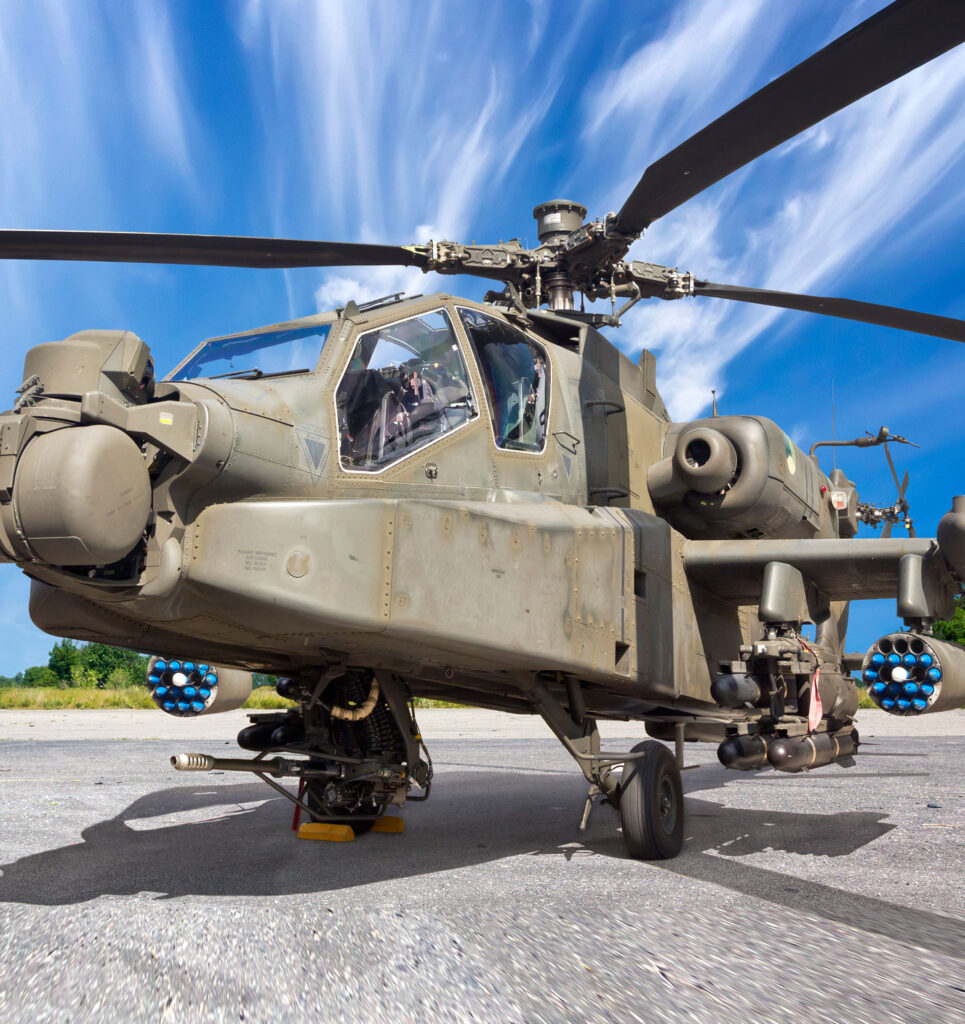
SEAMLESS CONNECTIVITY: EXCEPTIONAL CABLE ASSEMBLIES FOR YOUR EVERY NEED.
Trek can design and/or build to print high-reliability assemblies using state-of-the-art components for use in applications with high shock, severe vibration and EMI-RFI shielding requirements.
What are cable assemblies?
Cable assemblies are bundled groups of cables designed for easy handling and installation. Comprising multiple cables enclosed in a single jacket, they include connectors or terminations on one or both ends. Designs vary based on flexibility, durability, and environmental resistance, with customization options for length, color-coding, and labeling. This versatility makes cable assemblies suitable for diverse applications, addressing specific needs in a compact and efficient format.
The Advantages of Military Cable Assemblies
Military cable assemblies adhere to rigorous standards and are crafted for durability, reliability, and resilience in challenging environments. Key advantages include:
High Reliability: Crafted to meet strict reliability standards, ensuring consistent performance in high-stress military environments. Ideal for critical applications where reliability is paramount.
Durability: Rugged and robust design withstands physical stress, temperature extremes, and exposure to harsh chemicals. Perfect for deployment in harsh conditions, including military vehicles and field operations.
Customizable: Tailored to meet specific requirements such as size, shape, and connector types. This adaptability makes military cable assemblies versatile for various military applications.
High Performance: Engineered for high-performance capabilities, including high-speed data transmission, high current carrying capacity, and minimal signal loss. Crucial for military applications where top-tier performance is essential.
Compliance with Standards: Assemblies and or components used in the assemblies are designed and manufactured and tested in adherence to military standards such as Navy shipboard cable, Low Smoke Zero Halogen (LSZH) MIL-PRF-24643, MIL-PRF-24640, Shipboard Fiber MIL-PRF-85045, Shielded cables MIL-DTL-22759. Connectors MIL-DTL-28840, MIL-DTL-28876, MIL-PRF-29504 Fiber Termini, MIL-DTL-5015, MIL-DTL-22992, MIL-DTL-38999, Backshells SAE AS85049, MIL-DTL-26482, MIL-DTL-24308, MIL-PRF-24758A Shipboard Conduit, MIL-DTL-83513, MIL-STD-1553 Data Bus, MIL-STD-1397 NTDS, NAVSEA 5617760, 5617942, 5617897, Aircraft Weapons Stores / Pods MIL-STD-1760 Qualified components to High Impact Shock MIL-STD-901 and Vibration Testing MIL-STD-810, EMI/RFI Testing MIL-STD-461, MIL-STD-202 Electrical Testing. These standards ensure compatibility with other military equipment and systems, promoting seamless integration and interoperability.
Applications
Military cable assemblies find versatile applications across the military and defense industries, playing a crucial role in ensuring durability, reliability, and high performance. Here are examples of their applications:
Aerospace and Avionics: Utilized in aircraft, missiles, and spacecraft for reliable data transmission and electrical power connections, supporting vital systems and components.
Ground Vehicles: Deployed in tanks, armored vehicles, and trucks to provide essential electrical connections for communication, navigation, and weapon systems.
Naval and Marine: Integrated into naval and marine vessels, including submarines, ships, and boats, ensuring reliable electrical power connections and data transmission for critical systems.
Communications: Employed in military communication systems, such as radios, antennas, and satellite communication equipment, offering dependable data transmission capabilities in challenging and hostile environments.
Military Equipment: Applied in various military equipment, including night vision goggles, surveillance devices, and unmanned aerial vehicles (UAVs), providing reliable power and data transmission for these critical devices.
Materials
- Military-grade connectors: Play a crucial role in ensuring secure and reliable connections within complex electronic systems used in military and aerospace applications. These connectors are designed to withstand harsh environments and rigorous conditions. Military connectors are built to protect connections from environmental factors such as extreme temperatures, moisture, EMI Shielding, vibration, and shock. They are specifically engineered to withstand the demanding conditions encountered in military and defense systems.
- Connectors, Aluminum: Aircraft grade bar stock aluminum is a common connector material used in military cable assemblies. Available with many plating alternatives to match to appliable environment. It is lightweight and offers good electrical conductivity, making it ideal for use in applications where weight is a concern.
- Connectors, Stainless Steel, passivated: CRES, or Corrosion Resistant Steel is another common connector material used on military cable assembly connectors. These connectors have a longer lifespan due to their improved resistance to rust and corrosion.
- Connectors, Composite: offer several advantages over traditional metal connectors in specific applications such as, Light weight, Corrosion Resistance.
- Shipboard Cable, Copper: Copper is a common material used for conductors in military cable assemblies due to its excellent conductivity and durability. It is commonly used for power and signal transmission. Tin-Plated copper and or Silver-Plated copper conductors improve performance. Typical construction, single conductors, multi-conductors, shielded or unshielded twisted pairs, twisted triads are common along with overall cable shield options. Low Smoke Zero Halogen (LSZH) jacket is standard.
- Fiber Optic Cable: Low Smoke Zero Halogen (LSZH) Fiber optic cable is used in military applications where high-speed data transmission is required. It is lightweight, durable, and resistant to electromagnetic interference.
- Coaxial, Triaxial Cable: Low Smoke Zero Halogen (LSZH) Coaxial or Triaxial cable is commonly used in military communication applications for its ability to transmit high-frequency signals with low signal loss.
- Teflon: Teflon is a material used in military cable assemblies for its ability to provide high-temperature resistance and excellent dielectric properties.

